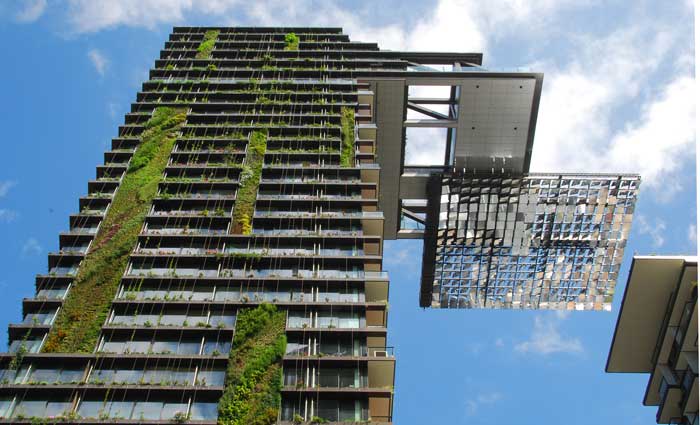What are the future trends for operating sustainable retail centres?
SPONSORED POST
Sustainable retail development doesn’t end when the buildings have been completed. A retail centre’s ongoing operations have as much of an effect on its sustainability as its design and construction.
Buildings account for over 40 percent of the world’s energy usage, according to the United Nations Environment Program Sustainable Buildings and Construction Initiative. Additionally, the built environment consumes about a third of our water, generates 40 percent of our waste, and is the world’s largest contributor to greenhouse gas emissions, according to the Green Building Council of Australia.
Vice-Chair of the Board for the Living Future Institute of Australia Stephen Choi says owners and operators of Australian commercial buildings, including retail centres, have been active in reducing their energy and water consumption as it makes business sense to do so. Forward-thinking centre operators are now looking to contribute more to their communities over the long term.
For example, Central Park in Sydney, which includes retail and residential buildings, has an on-site thermal tri-generation plant and an on-site water recycling plant. These reduce carbon emissions, minimise mains water demand and may allow excess water and electricity to be exported to nearby neighbourhoods.
One of the criteria in the Living Building Challenge performance standard is that a project must supply 105 percent of its energy needs by on-site renewable energy on a net annual basis. Projects must also provide on-site energy storage, which advances in battery technology are helping to make possible.
Frasers Property Australia’s general manager of sustainability Paolo Bevilacqua predicts battery storage will be common in commercial buildings in five years.
“The technology has developed rapidly and feasible to use it on a commercial scale,” he says.
Other ways retail centres are becoming more sustainable concentrate on their interactions with the community and inspiring consumers to act more sustainably.
“Retailers are offering visual examples to the consumer to demonstrate the fact that the energy they use is renewable, that they grow food on site, and sharing that knowledge and data to have a role beyond the centre itself,” Bevilacqua says.
Some retailers are promoting that they use local produce, including food grown on site. Frasers Property has investigated growing mushrooms in retail centre basements, for instance.
Bevilacqua expects to see urban agriculture expand from small scale gardens to commercially operated urban farms over time. There are examples of this in the US and UK, although in Australia urban farming is in its infancy.
In future, shopping centres may run workshops on how to grow food, expanding their role from being places to shop to centres for learning, Bevilacqua says.
Existing examples of retail centres operating this way include Jamie’s Ministry of Food, which runs workshops on healthy cooking in UK shopping malls, (https://www.jamieoliver.com/jamies-ministry-of-food/) and demonstrations held at Westfield Stratford in the UK of Pavegen, a technology that generates energy as people walk over it (https://pavegen.com/brands/generation-green-westfieldstratford).
For more information, download our eBook here.
